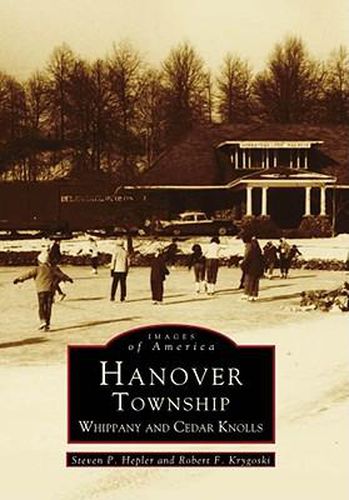Readings Newsletter
Become a Readings Member to make your shopping experience even easier.
Sign in or sign up for free!
You’re not far away from qualifying for FREE standard shipping within Australia
You’ve qualified for FREE standard shipping within Australia
The cart is loading…






This pictorial overview of Hanover Township covers a nearly 70-year period from the late 1890s to 1965 and traces the development of the Village of Whippany and Cedar Knolls. It introduces us to a time when numerous paper mills employed a large contingent of the community’s Irish-Catholic, Polish, and Italian populations; a time when as many as 16 local passenger and freight trains rolled through Hanover on the tracks of Morristown & Erie Railroad every day. In Hanover Township: Whippany and Cedar Knolls, we meet important community builders like the members of the McEwan family, whose industrial influence upon the region enabled Hanover to grow as it did. At one time the McEwans owned a vast majority of Hanover’s real estate; they owned the Hanover, Stony Brook, and Eden Mills-three of the largest paper-producing mills in the northeast. And, of course, they owned the railroad that paper built.
$9.00 standard shipping within Australia
FREE standard shipping within Australia for orders over $100.00
Express & International shipping calculated at checkout
This pictorial overview of Hanover Township covers a nearly 70-year period from the late 1890s to 1965 and traces the development of the Village of Whippany and Cedar Knolls. It introduces us to a time when numerous paper mills employed a large contingent of the community’s Irish-Catholic, Polish, and Italian populations; a time when as many as 16 local passenger and freight trains rolled through Hanover on the tracks of Morristown & Erie Railroad every day. In Hanover Township: Whippany and Cedar Knolls, we meet important community builders like the members of the McEwan family, whose industrial influence upon the region enabled Hanover to grow as it did. At one time the McEwans owned a vast majority of Hanover’s real estate; they owned the Hanover, Stony Brook, and Eden Mills-three of the largest paper-producing mills in the northeast. And, of course, they owned the railroad that paper built.